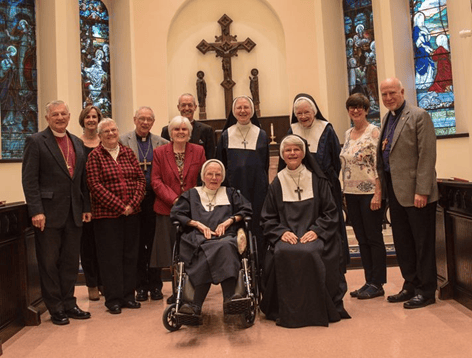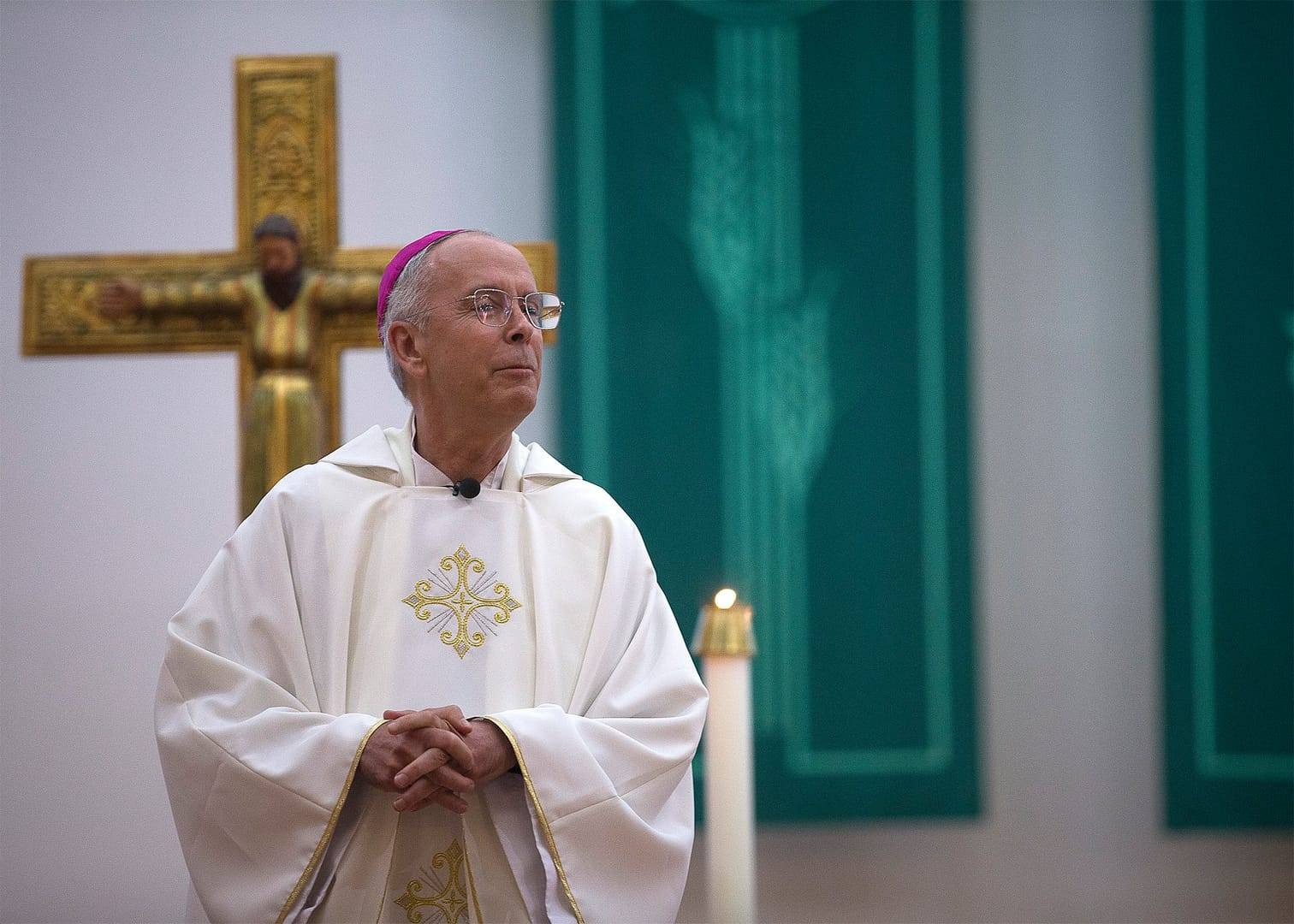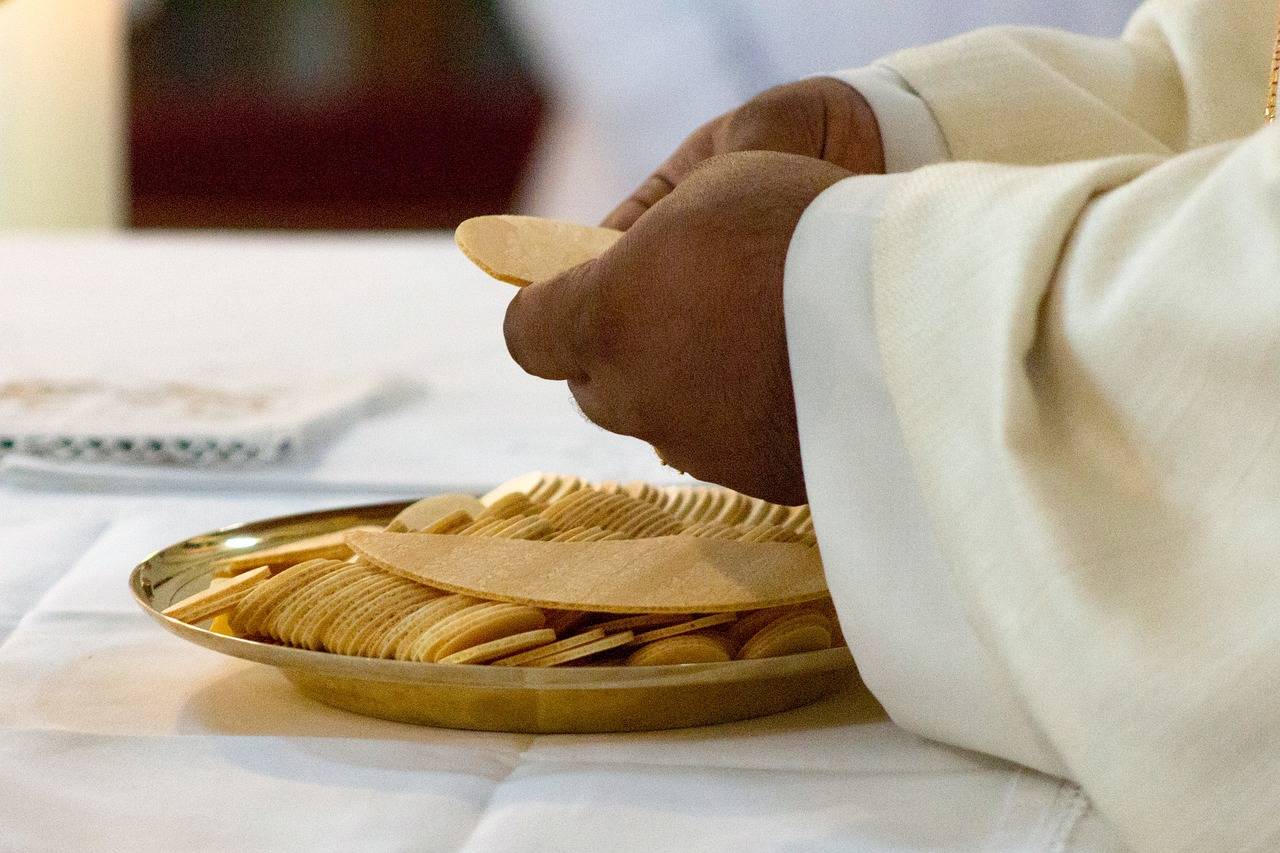WASHINGTON, D.C. — While many businesses and organizations were hamstrung by the near-immediate shutdown wrought last year by the coronavirus pandemic, the Catholic Mobilization Network flourished in ways like never before, according to its executive director, Krisanne Vaillancourt Murphy.
“The Catholic Mobilizing Network has had a couple of really good years. We’ve doubled in size since I came on board,” Vaillancourt Murphy said. “The momentum on the issues is mirrored by our ability to do the work.”
Much of the tale is told in its fiscal year 2021 “Impact Report,” which focuses less on financial details than on the mobilization and education efforts of the organization, formed 12 years ago to combat the death penalty.
A symposium on restorative justice, which was scheduled to take place live and in-person last year, for instance, was expected to draw in the neighborhood of 300 participants. After it was shifted to an all-online format, attendance more than doubled to 750.
Participants hailed from eight different countries, including a restorative justice practitioner from a First Nations reservation in Canada.
“There were people who were beaming in. We were learning about people in the most remote places. There were just so many more people who wanted to be involved, and could be involved, with a virtual delivery,” Vaillancourt Murphy said.
The Catholic Mobilizing Network also got more involved online after the federal government, after a 17-year pause, resumed at a dizzying pace the executions of federal prisoners convicted of capital crimes, including an execution just one week before then-President Donald Trump left office. In all, 13 prisoners were put to death in what the Catholic Mobilizing Network called an “execution spree.”
In response, Vaillancourt Murphy said, the network created “virtual prayer vigils,” one for each of the condemned prisoners, and would typically draw 350 people the day of each execution.
Among the participants were Cardinal Wilton D. Gregory of Washington, Archbishop William E. Lori of Baltimore and Archbishop Joseph F. Naumann of Kansas City, Kansas, chairman of the U.S. bishops’ Committee on Pro-Life Activities, who himself is a family member of a murder victim.
“We had such an amazing presence of hierarchical leadership,” she said, adding, “We are not going back. Until we end the death penalty, we will have monthly prayer vigils for executions and ending the death penalty.”
In the states, which conduct more trials and have the potential to convict and execute more prisoners, there is a struggle between easing up on capital punishment or finding methods to carry out death sentences, according to Vaillancourt Murphy.
Tennessee legislators passed a bill, signed into law, that calls off executions for those with mental disabilities. In Ohio, Gov. Mike DeWine, a Catholic, “says he’s not going to move forward with executions,” Vaillancourt Murphy said, while two bills outlawing capital punishment await action in the state’s Legislature.
But South Carolina and Arizona, like other states with the death penalty still on the books, have found out that “obtaining the execution drugs has been next to impossible,” she added, and are considering alternative methods, like resumption of the gas chamber and firing squads.
The current tally shows 23 states have abolished the death penalty — the most recent being Virginia, the first Southern state to have done so.
Virginia “has taken the most lives, even more than Texas,” Vaillancourt Murphy said, while three others — California, Pennsylvania and Oregon — have declared moratoriums.
“If you look across the nation, 36 of the 50 states have either outlawed capital punishment or not carried out an execution in 10 years,” she said.
A moratorium on use of the federal death penalty was announced by President Joe Biden shortly after he took office last January.
“God knows that that was welcome. We were in the bloodbath of the federal executions,” Vaillancourt Murphy said. “That was encouraging. For him to have come into office and to have declared a moratorium, that’s a huge step. It’s not enough, but there’s something there.”
She added, “I think there’s less tolerance for state-sanctioned killing. I think we see that at the highest level and the current president and his campaign platform.”
Even so, Vaillancourt Murphy said, “no one thinks ending the death penalty is going to be easy.”















